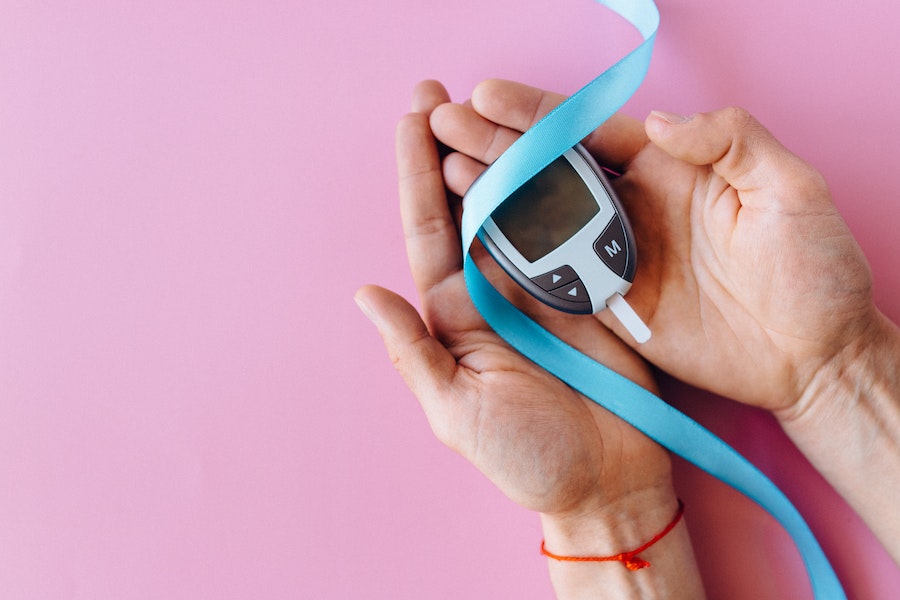Living with diabetes requires constant management of blood sugar levels, and advancements in technology have brought forth innovative solutions to simplify this process. One such advancement is the automated insulin delivery system, a game-changer for individuals with diabetes. This article explores the world of automated insulin systems, understanding how they work, their benefits, considerations for use, and their potential impact on people with diabetes.
1. Introduction: Embracing Automation For Diabetes Management
Automated insulin systems, also known as artificial pancreas systems, are designed to automate the process of insulin delivery in individuals with diabetes. These systems combine continuous glucose monitoring (CGM) devices with insulin pumps and intelligent algorithms to regulate insulin administration based on real-time blood sugar levels. By mimicking the functions of a healthy pancreas, these systems provide more precise and dynamic insulin control, allowing individuals to manage their diabetes better.
2. How Automated Insulin Systems Work
The key components of an automated insulin system are the CGM device, the insulin pump, and the algorithm that connects the two. The CGM continuously measures glucose levels in the interstitial fluid, providing real-time data to the algorithm. The algorithm analyzes the data and calculates the appropriate insulin dose to maintain stable blood sugar levels. The insulin pump then delivers the calculated dose through a cannula placed under the skin. This closed-loop system operates 24/7, making automatic adjustments and optimizing insulin delivery to keep blood sugar levels in the target range.
The CGM device plays a crucial role in automated insulin systems, acting as the glucose level sensor. The sensor monitors glucose levels and sends data wirelessly to a receiver or smartphone app. The algorithm, powered by sophisticated software, analyzes factors such as carbohydrate intake, physical activity, and insulin sensitivity to determine the optimal insulin dose.
3. Benefits Of Automated Insulin Systems
Automated insulin systems offer numerous benefits for individuals with diabetes. Firstly, they provide more precise insulin dosing, reducing the risk of hypoglycemia (low blood sugar) and hyperglycemia (high blood sugar) episodes.
The automated nature of these systems eliminates the need for manual calculations and injections, offering convenience and peace of mind. They also allow for better glucose control during sleep and exercise, adjusting insulin delivery accordingly. Furthermore, automated insulin systems can improve quality of life by reducing the burden of constant diabetes management.
4. Considerations For Using Automated Delivery Systems
While automated insulin systems have proven effective, several factors must be considered before adopting them. As per Tandem Diabetes Care, “An automated insulin delivery system for managing diabetes comprises three components — an insulin pump, a continuous glucose monitoring (CGM) sensor, and an algorithm that can predict glucose levels and automatically dose insulin.” Regular calibration of the CGM device is essential to ensure accurate glucose readings.
Users must also be actively involved in the system’s management, monitoring its performance and responding to alerts and alarms. Additionally, individuals should work closely with their healthcare team to determine the most suitable system for their needs and receive proper education on system operation, maintenance, and troubleshooting.
5. The Future Of Automated Insulin Systems
As technology advances, the future of automated insulin systems looks promising. Ongoing research aims to refine algorithms, improve sensor accuracy, and enhance user experience. You can expect smaller, more discreet devices, longer sensor wear times, and increased connectivity with other diabetes management tools. With these advancements, automated insulin systems will continue to empower individuals with diabetes, making it easier for them to lead healthier and more fulfilling lives.
Automated insulin systems have revolutionized diabetes management, offering greater precision, convenience, and peace of mind. As this technology evolves, more individuals will have access to this life-changing innovation, improving their glucose control and overall well-being.

